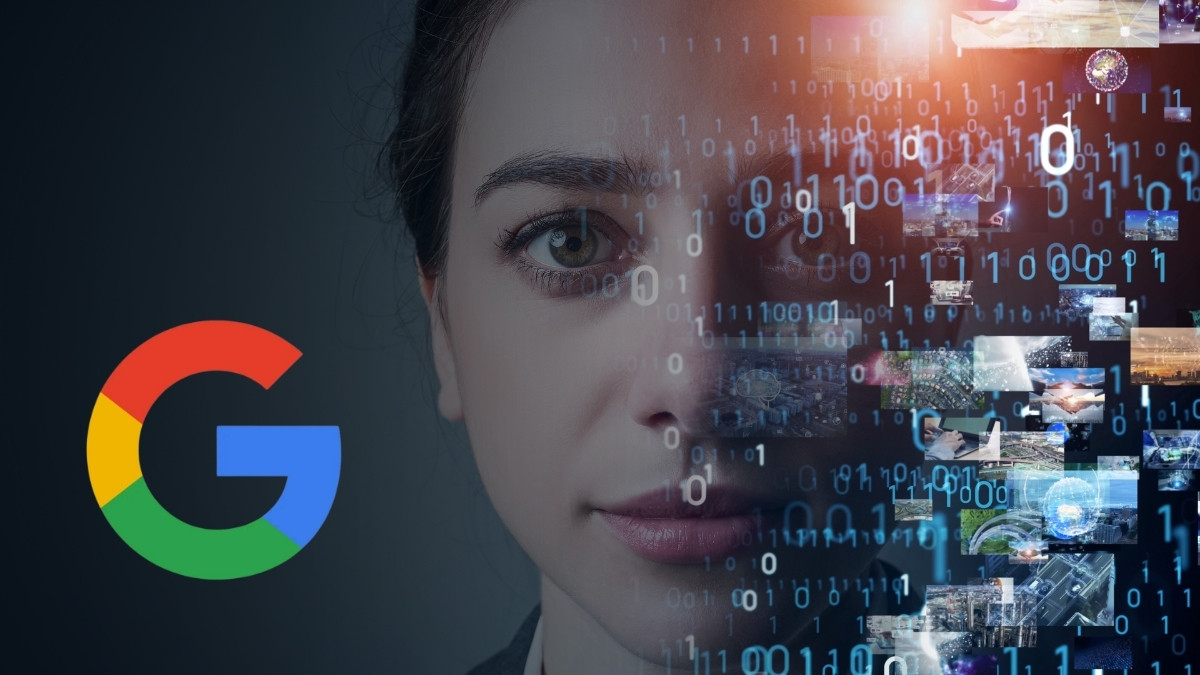In this article, we delve into the exciting new updates Google has recently introduced to its AI chatbot, Bard.
Now capable of supporting images and providing improved summarization abilities, Bard is setting a new standard in interactive AI technology.
Key Takeaways:
- Google’s Bard can now support images, adding a visual element to its responses.
- The new feature is currently rolling out, starting with English responses.
- Bard has also gained enhanced summarization abilities, making it easier for users to grasp topics quickly.
- In an upcoming update, Google plans to bring more language support, the ability to generate images, and a feature to prompt Bard with images using Google Lens.
- The company will continue to improve Bard, relying on user feedback for development.
- Bard also helps users identify which parts of a response match a source.
Google’s Bard Embraces a New Visual Dimension
Google recently announced at their I/O conference that their AI chatbot, Bard, will soon support images in its responses to user queries.
This development is a game-changer, bringing a whole new dimension to the way we interact with AI.
The update is currently rolling out. Bard, initially adept at providing text-based responses, now brings in images from Google Search along with its replies.
Imagine asking Bard for the latest fashion trends and seeing those chic outfits right within the conversation!
This groundbreaking feature currently applies to English responses, with plans to expand to other languages soon.
Google has emphasized that they introduced image support to improve communication with users.
Pictures, after all, speak a thousand words. They help to convey ideas vividly, enhance the persuasiveness of recommendations, and enrich responses when users ask for visual information.
Bard’s Improved Summarization Capabilities
In addition to visuals, Google has also equipped Bard with improved summarization capabilities.
The upgrade makes Bard more adept at providing a concise summary of topics that users inquire about.
It’s like having your very own digital assistant that can scan through vast information and present you with the essence in a matter of seconds.
But Google has humbly admitted that Bard won’t always get it right. AI, like humans, learns from mistakes and improves over time.
They’ve encouraged users to provide feedback so Bard can learn and grow more accurate in its summarization.
The Future Updates for Bard
But Google isn’t stopping there. They’ve hinted at a host of exciting updates set to roll out in the coming weeks.
Jack Krawczyk, product director at Google, revealed that Bard is set to become more visual. The company plans to add more language support and even the ability to generate images.
Also on the cards is a feature allowing users to prompt Bard with images using Google Lens. This means you might soon be able to ask Bard what breed the cute dog in your photograph is!
Helping Users Understand Sources
Understanding the source of information has always been a priority for Google. With Bard, they’ve taken it a step further.
Bard now aids users in identifying which parts of a response correspond to a source. If the response includes a source, numbers will appear alongside the text. By clicking on these numbers, users can identify the section of text that matches the source and navigate to it easily.
This feature enhances transparency and ensures users are aware of where their information is coming from.
Images from Search with Bard
Bard’s ability to fetch images from Google Search takes user interaction to a new level. Whether you ask Bard to show you a dog or make a more complex request like showing a red dog chasing a stick, Bard delivers. It is fascinating to witness AI technology understand and respond to such specific queries.
While Bard currently supports English, Japanese, and Korean, the image support is limited to English requests. But if you find any of the search results interesting, each image comes with a source that you can click through to explore further.
Understanding Bard’s New Capabilities
Bard is growing and changing rapidly, and it can be hard to keep track of all its new abilities. But Google has thought of this too.
You can head to the Updates tab on the left-side menu to understand Bard’s new features. There, you will find all the major updates to Bard, when they were introduced, and the reason behind their addition.
The recent updates are just the tip of the iceberg. Google has shared that Bard will soon be able to generate its own images using Adobe Firefly. For now, Bard fetches relevant images from Search, but the day when Bard conjures its own visuals isn’t far off.
Bard’s recent advancements are just the start.
Conclusion
Google’s constant updates to Bard reflect its commitment to improving AI technology and enhancing user experiences.
With the introduction of image support, improved summarization abilities, and an upcoming update featuring Google Lens, Bard is set to transform our interaction with AI chatbots.
As these features continue to evolve, one thing is clear: the future of AI technology is exciting, and it’s here to stay.
 Sections of this topic
Sections of this topic
















